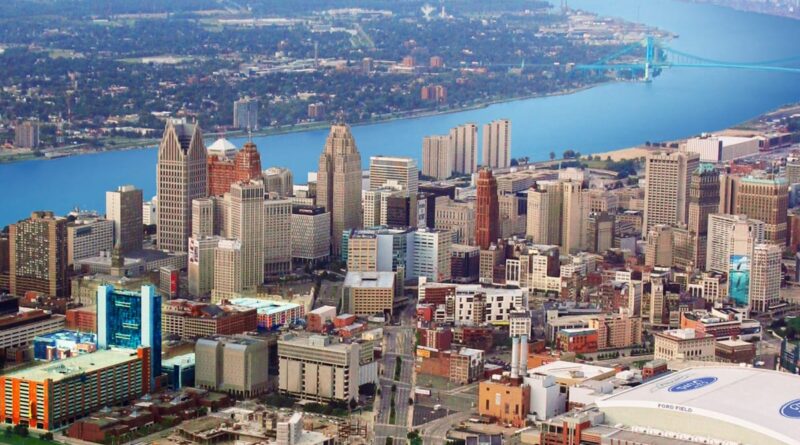History Of Michigan
Michigan is a state in the Great Lakes and Midwestern regions of the United States. It is known for its automotive industry, vast forests, and numerous lakes. However, the history of Michigan goes back much further than the modern era.
Native American tribes, including the Ojibwe, Potawatomi, and Ottawa, have inhabited Michigan for thousands of years. French explorers first arrived in the region in the 17th century, establishing trading posts and missionary settlements. In 1701, Antoine de la Mothe Cadillac founded Detroit, which would become a hub for French fur trading.
The French ceded control of Michigan to the British in 1763 after the French and Indian War. During the American Revolutionary War, the British maintained control of Michigan, but the Treaty of Paris in 1783 officially handed the territory over to the United States. Michigan was initially part of the Northwest Territory, but as settlers moved westward, it became part of the Indiana Territory in 1800.
Michigan was established as a separate territory in 1805, and the first governor, William Hull, was appointed the following year. However, the War of 1812 between the United States and Great Britain disrupted Michigan’s early development. The British captured Detroit in 1812, and it wasn’t until the Americans regained control in 1813 that the territory began to recover.
In 1835, Michigan became a state, with Detroit as its capital. The Michigan Territory had been a battleground for years between supporters of slavery and abolitionists. In 1833, the territory passed laws abolishing slavery, and in 1835, when Michigan became a state, it was the first state north of the Ohio River to have a law prohibiting slavery.
Michigan experienced rapid growth in the mid-19th century. The opening of the Erie Canal in 1825 made it easier to transport goods from the Great Lakes to the East Coast, and Michigan’s abundant natural resources made it an attractive place for settlement. The discovery of copper in the Upper Peninsula in the 1840s and the opening of the Soo Locks in 1855 helped Michigan become a major industrial center.
During the Civil War, Michigan provided more than 90,000 soldiers to the Union Army, including the famous Iron Brigade. Michigan’s economy continued to grow in the late 19th and early 20th centuries, with the rise of the automotive industry. In 1908, Henry Ford’s Model T was produced in Michigan, and the state became known as the center of American car manufacturing.
Michigan was hit hard by the Great Depression in the 1930s, but World War II brought an economic boom. Michigan’s factories produced aircraft, tanks, and other military equipment, and the state’s population grew as workers moved to Michigan for jobs in the defense industry.
Today, Michigan is still known for its automotive industry, but it has also become a center for technology and innovation. Michigan is home to several major universities, including the University of Michigan and Michigan State University, and the state’s natural beauty continues to draw tourists and outdoor enthusiasts.
Michigan has a rich history that spans thousands of years. From the early Native American tribes to French explorers and settlers, Michigan has played an important role in the development of the United States. Today, Michigan is a diverse and thriving state that continues to shape the nation’s economy and culture.
Discover more from City Towner
Subscribe to get the latest posts sent to your email.




